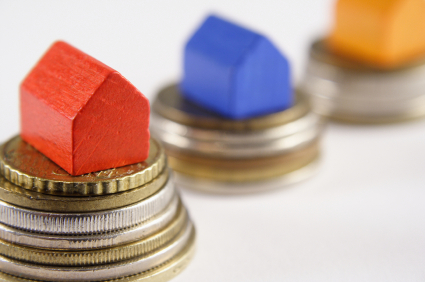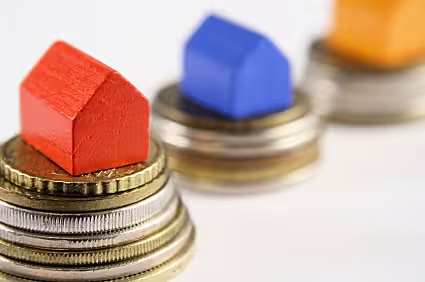Something we hear continuously in every arena is that you can't place a value on a property because there are not enough transactions. In short this is a mistake, in fact, MyHome published a report on different methods for doing this only a few months ago.
In Ireland we tend to rely on market interpretations of value by considering comparable properties, but when transactions fall so do the points of reference – it's like navigating without a compass when that happens.
In a shameless plug I'll let you know in advance that I'm covering the Sunday Business Show on Today FM from 10-11 this week and we'll have a heavy hitting panel talking about property and whether there are opportunities or not – don't miss that if you like the topic!
There are alternative ways, one is called 'the investment method' and to do it you typically need to have an idea of the gross rental yield. Gross rental yield is calculated as follows:
(Monthly rent) x (12) / Property price, x 100
Multiply the monthly rent in to an annual figure then divide it by the capital cost and multiply by 100 to make a percentage. Here's an example.
Rent of €950 per month
Property price: €120,000
950x12/120,000 = 0.095 x 100 = 9.5%.
But you can also substitute for figures you don't have, so imagine you only have an idea of the rent and no clue of the 'value' because there are no comparable properties. Instead you can look to a yield as the solution.
If you wanted to ensure you are getting a higher return than deposits then you could pick a figure like 7% as a return which is worth the risk of the investment. Personally I think it should be a bit higher because you can buy government bonds that aren't far below that – but a historical 'decent' return on property was 7% a year.
Now we need to turn that into something we can calculate a value from, if you wanted to use the rent in order to determine the price you would pay to get a 7% yield you do the following:
100/ rental yield expected (7%) = multiplier.
The 'multiplier' means how many times you multiply annual rent to get the capital value. So we'll do that again with the property above.
100/7 = 14.3 then you multiply annual rent by that figure.
14.3 x €11,400 (which is 950 per month by twelve months) = €163,020
And this shows that you at €120,000 you are getting a better deal than a 7% yield – we already calculated that this has a 9.5% return.
Prospective buyers of homes can also use this as a way of gauging value because you always have the alternative of renting in the area you want to live in. But buyer beware, because there is a hitch in this system which is the 'owners premium'. People who want to live in a desirable area are often willing to pay a premium to locate there, this is reflected in rents that are not as high as the capital values would imply they should be and also by a price that is higher than a reasonable yield.
Let's look at some Allsop guide prices to demonstrate this, see the table below. The figures in the second last column represent the difference from a 'fair valuation' using the investment method. If you want to understand the whole table read the report (download it from this link).
What it shows is that even at an auction where everything is 'priced to sell' that the bottom three properties start off in the red (for instance the last property has a -€3,467 figure, meaning that you would have to deduct that amount from the reserve price to be at 'fair value' or a 7% yield).
Why does that anomaly occur? Simply put it exists because people are willing to pay more to live there and they compete with investors and everybody else, think of a nice neighbourhood near you and chances are you will find that this 'owners premium' exists there, in Dublin at least, it appears to occur regularly in Blackrock, Co. Dublin.
The main thing to take from this is that you don't need valuations in the traditional form to understand the market, there are other options. And if you use yields and spot something that looks good then you have reason to look further, if the rental yield is genuine and in the double digits then no matter what the market noise is saying, it is likely a good investment.
And that my friends is the trick, to be able to cut through the cloud of market noise and headlines to find deals that make sense. I hope this helps you make more informed decisions!










